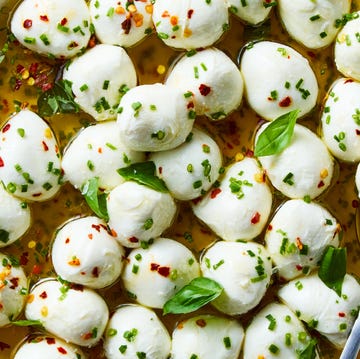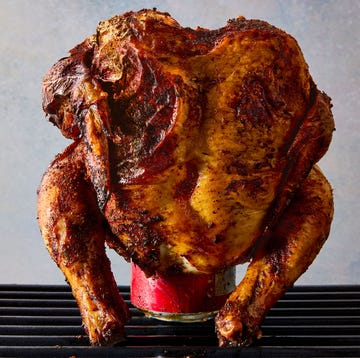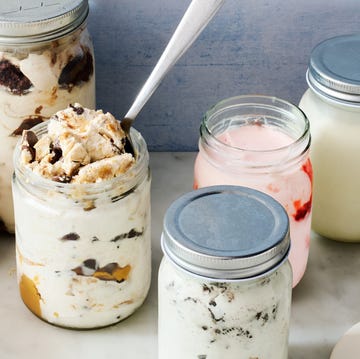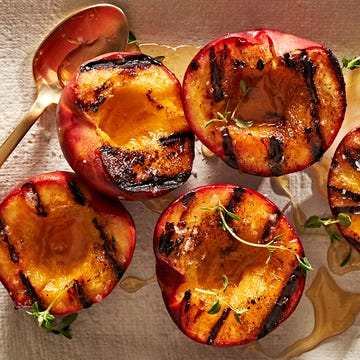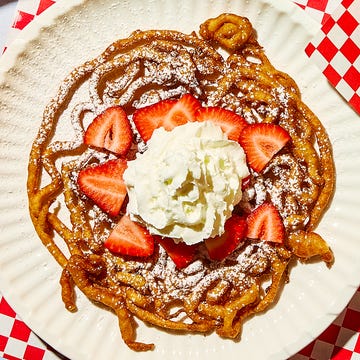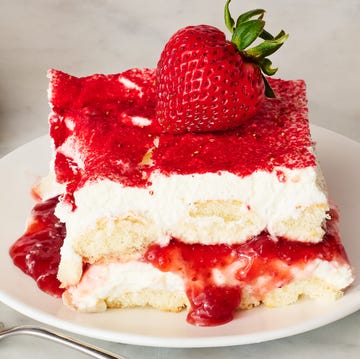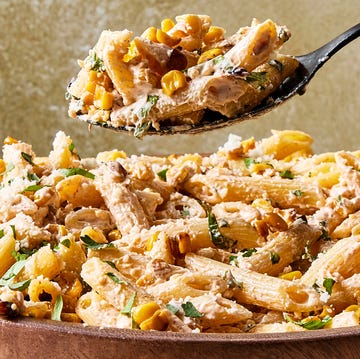As a kid, you might have made one of those DIY stress balls. It was structured around a balloon, water, and the special ingredient—cornstarch. Put it together and you've got a mixture called Oobleck, a substance that is somehow both a liquid and a solid. Though I can't exactly explain the science behind that craft, I can tell you that it's far from the only magic cornstarch can create. Here's a look at what the product is, and how it can be used in the kitchen.
What is cornstarch?
Cornstarch, which is sometimes also referred to as cornflour, is a starch or carbohydrate that comes from the corn grain, in the endosperm of a kernel. You'll often see it used in sauce, stews, soups, and gravies.
How can I use cornstarch?
If you are cooking any kind of wet or sauce-heavy dish, cornstarch can be a great addition to thicken that base liquid up. When heated with a liquid, the chains of starch molecules in cornstarch expand and unravel, creating a gelatinous texture that can thicken any sauce. To prevent lumps, whisk some cornstarch with a bit of water before adding it to a simmering dish. You can also add it to fruit pies before baking so they don't get too watery.
How is it different from flour?
You've probably seen flour used to thicken different soups and sauce before. Cornstarch, by comparison, has twice the thickening power, is flavorless, and has a transparent color, making it ideal to change the texture of dishes without affecting their flavor.
How should I store cornstarch?
Given its tendency to plump up, it's really important to keep cornstarch dry. Make sure its bag is closed really well with a clip or rubber band to keep it air tight; you could even store a closed bag inside a sealed jar for to ensure dryness. From there, the dark, cool shelves of a pantry are the best place to store cornstarch. And when stored properly, cornstarch can last for years.


